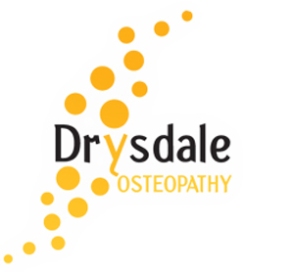 THE human brain evolved to seek out foods high in fat and sugar. But a preference that started out as a survival mechanism has, in our age of plenty, become a self-destructive compulsion.
THE human brain evolved to seek out foods high in fat and sugar. But a preference that started out as a survival mechanism has, in our age of plenty, become a self-destructive compulsion.
It is well known that bad diets can trigger obesity and diabetes. There is growing evidence that they trigger Alzheimer’s disease too, and some researchers now see it as just another form of diabetes.
If correct, this has enormous, and grave, implications. The world already faces an epidemic of diabetes. The prospect of a parallel epidemic of Alzheimer’s is truly frightening, in terms of human suffering and monetary cost.
This outcome will not be easily averted. Few people need to be told that too much high-fat, high-sugar food is a health hazard. And yet sales of fast food remain healthy (or should that be hefty?). Part of the reason is “future discounting”, another evolved feature of the human brain that makes us value short-term rewards over long-term risks.
What can be done? One option is to call in the lawyers. Some moderately successful attempts have already been made to sue food companies for their role in creating the obesity epidemic. If a causal link between fatty, sugary food and Alzheimer’s can be established, it is highly likely that more lawsuits will follow. Such actions have their place, but this is a laborious and expensive way to enact change.
Nor do the policy levers at our disposal appear promising. Public awareness campaigns have been of limited use in reversing the tide of obesity. Will the added threat of dementia prove harder to ignore? “Sin taxes” on unhealthy foods may work – Denmark and a handful of other countries are experimenting with them – but it is not yet clear whether they make any real difference. What’s more, they raise questions about personal responsibility and nanny-statism.
We may be left with only the option of medically blocking either the craving for fast food, or its consequences. That has its own complications, and sidesteps the problem rather than addressing it. But the human brain also evolved to find ingenious solutions to intractable problems. It may yet come to its own rescue. Continue reading Is Alzheimers Disease Type 3 Diabetes ?









